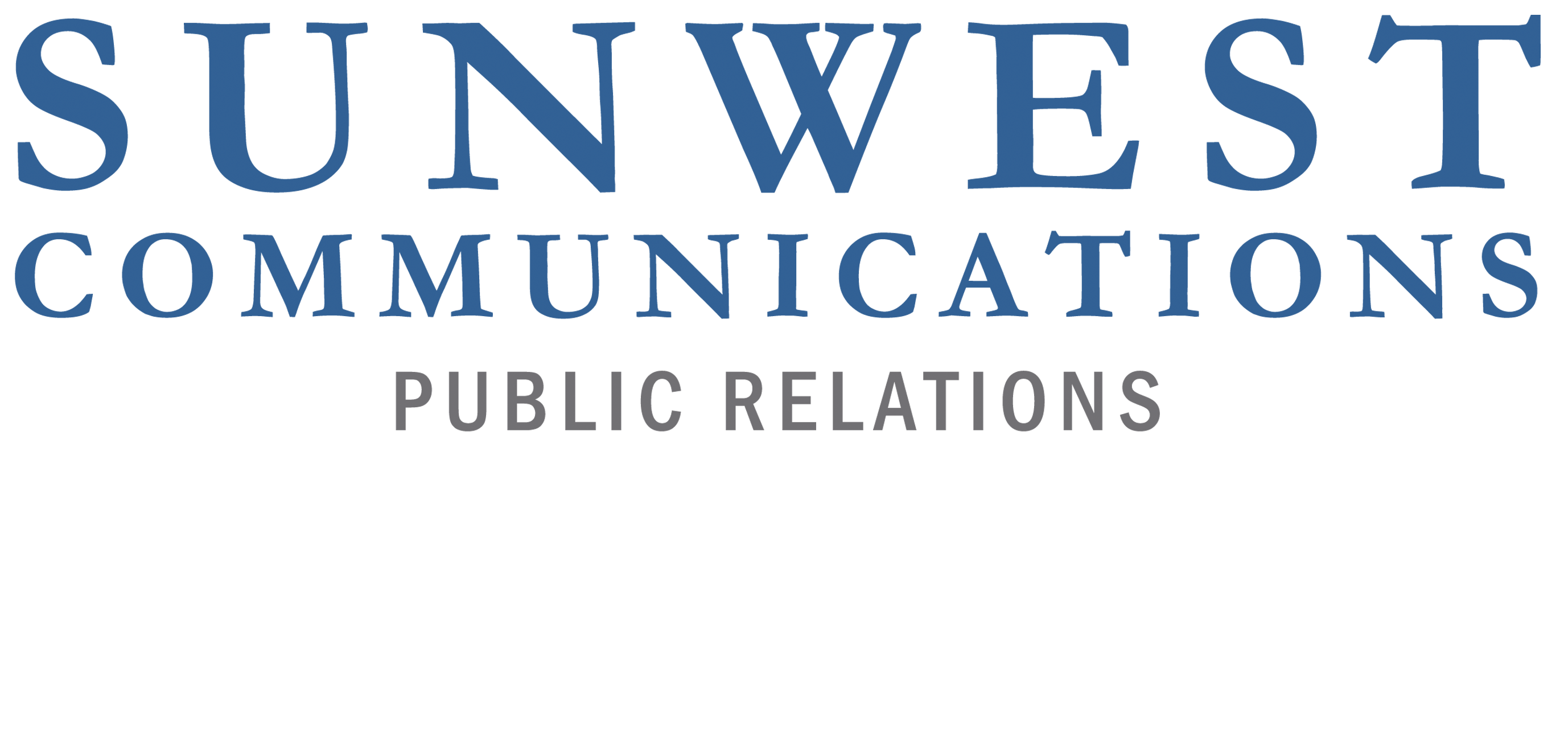Communicating During a Crisis
March 18, 2020
During times of crisis, our natural instinct is to hunker down and batten down the hatches. But crisis is a time to communicate. At Sunwest, we wanted to give you a couple quick pieces of advice to communicate during the crisis that we’re in right now. First and foremost, we’re hearing from a lot of our clients that they want to wait until the message is perfect. They want to make sure that they know the exact right thing to say and have all the information. But, number one, don’t sacrifice the good for the perfect. Communicate early and often, even if you don’t have all the details, your teams, your employees, your board of directors, your customers, stakeholders, they want to hear from you. So it’s better to let them know what you’re doing, that you’re aware of the situation and communicate again early and often. The number one message you should relay is that their safety and the safety of their family is top of mind for you and your organization. Of course, that presumes it’s true. Hopefully it is. But that should be the lead of all of your messages, followed by, of course, we’re monitoring the situation, here are the latest updates that we’re aware of. And of course, everybody wants to know how it will impact them and their jobs and what they’re doing – the service, the products they’re receiving, the supply chain, you name it. You’ve got meaty updates that you might provide. But of course, safety, the safety of your employees and their families is number one priority. The best brands are open and transparent during times of crisis. You might not be able to say everything. The lawyers may tell you there’s certain things you can’t say right now. But you want to create an environment that you’re being as open and transparent as possible in all of your communications. And, if possible, solicit feedback. Create an environment where you’re asking people to share with you best practices if they have ideas of things that you all and your operations should be doing right now. You might not be able to take all the advice that you get. That’s okay. Make clear that that’s the expectation. You may just because you get a piece of feedback and advice doesn’t mean that you’re going to be able to take it, but that you want it and that the very best ideas will rise to the top. And don’t be afraid to say “I don’t know.” It is much better in your communications if you don’t know something to say, “we’re not clear right now. We’re uncertain at this point. We’re waiting for additional information before we…” Very important to do that instead of speculating and then having to recant later, because what you want to do during times of crisis is, of course, build and continue that environment of trust with all of your most important stakeholders – be it internally with your employees or externally with your customers. Then we get asked a lot as a crisis and public relations firm, during a crisis, how and where should we communicate? The fact is, particularly with your employees, multiple venues of communication is important. Perhaps you’re sending out an email every other day. Perhaps there’s an intranet site where you’re posting updated information. But of course, intranet sites are pull, meaning they have to come to you, not push, where you’re pushing something out to them. Also might be good to consider conference calls. There is so much information coming at all of us right now – not in this 24 hour news cycle, which is old school, but in this twenty four minute or 2.4 second, minute news cycle, so much information coming. So you can’t assume that everybody’s paying attention all the time in the same way, so you’re gonna have to try different venues. For your customers and external audiences, social media, of course, is king and key and you might try video as long as it’s short – although I don’t know that I’m necessarily taking my own advice with brevity right now. But keep your videos short, if at all possible and if you can. Finally, I think the very best organizations in our country and around the world, three to four weeks ago when coronavirus was being talked about in South Korea and in China, the companies in the United States, they were already talking about their business continuity plans and testing their work from home systems. Now, the same is true as we plan ahead for what the next three to four, even eight weeks might look like. The best brands should be thinking about what is going to happen after this crisis passes. What is their business continuity plan with the economic impact and how will they tell their story to all of their most important stakeholders? God forbid if you’ve had to have layoffs, how will you bring your people back? How will you tell your customers that you’re more important than ever and you’re open for business and that you’re here for them during this time? Be thinking ahead about how you can tell your story. God willing, this too shall pass. We’ll come out on the other end. It could be several weeks, if not months away. But the best organizations from a communications perspective are planning ahead now and thinking about what that looks like. Thanks for joining us for this bit of advice from Sunwest Communications. Please stay well and stay safe and we’ll see you next time.

